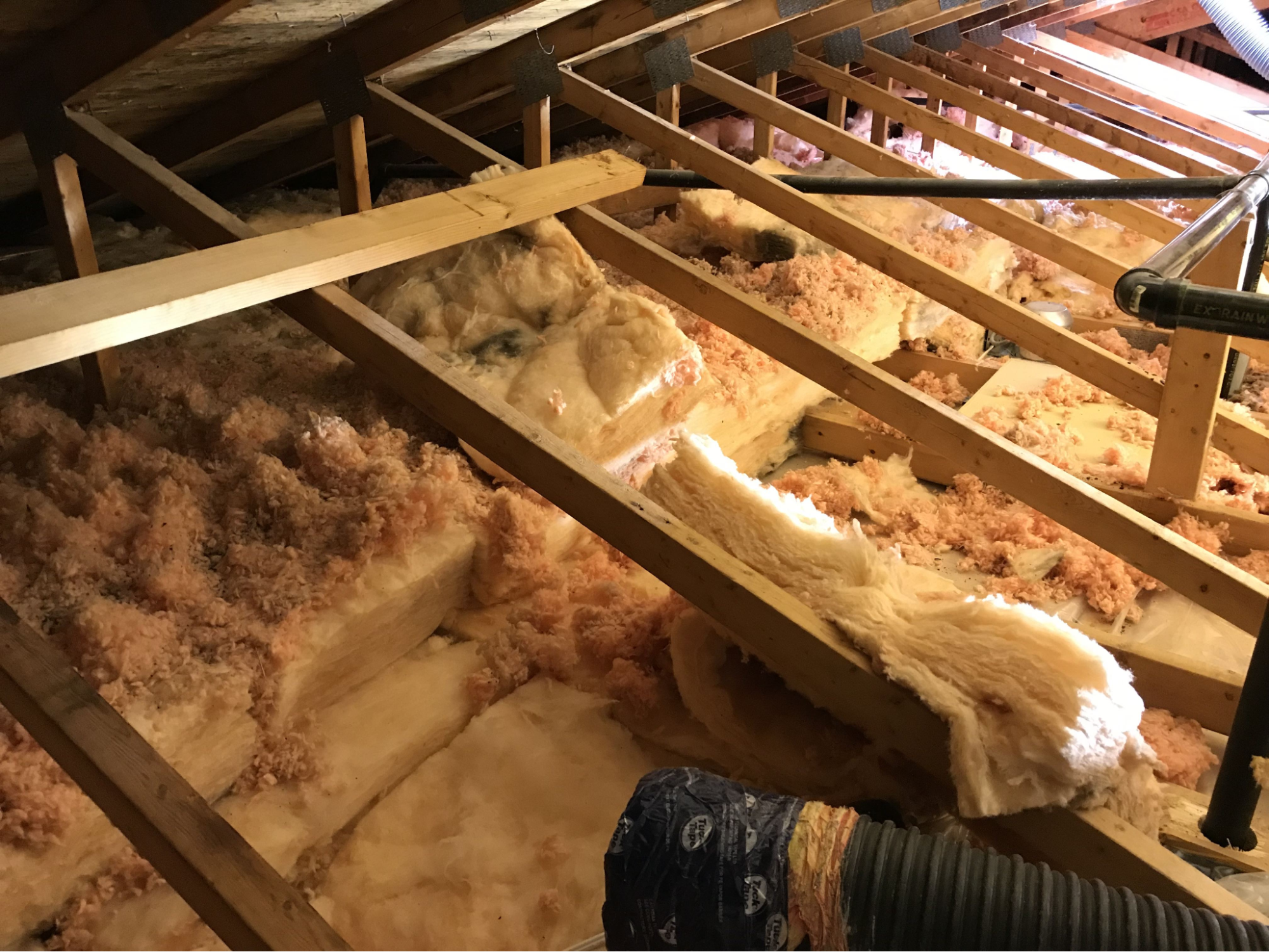
Removing insulation is often necessary due to aging materials, contamination, or the need for an upgrade. While it improves energy efficiency and structural integrity, it also has a significant impact on indoor air quality. The process can release particles, allergens, and contaminants into the air, affecting occupants’ health and comfort. Understanding how insulation removal influences air quality helps homeowners and businesses take appropriate precautions and choose professional solutions.
Older insulation can contain dust, mold spores, fiberglass particles, and other airborne irritants. When disturbed, these contaminants become suspended in the air, making them easy to inhale. This can cause respiratory irritation, allergies, and other health issues, particularly for those with asthma or weakened immune systems.
Insulation exposed to moisture often harbors mold growth, which spreads spores throughout the indoor environment when removed. Mold exposure can lead to respiratory problems, sinus congestion, and prolonged allergic reactions. Proper containment and removal techniques help prevent the spread of mold during insulation replacement.
Attic and wall insulation can become infested with rodents, insects, and their droppings. These biological contaminants contain bacteria and viruses that may become airborne during removal. Without proper protective measures, this exposure increases health risks for occupants and workers.
Older insulation types, especially in homes built before the 1980s, may contain asbestos. If disturbed, asbestos fibers can become airborne and pose serious health risks, including lung disease and cancer. Professional assessment and removal are necessary to handle hazardous materials safely.
Proper containment is essential to prevent airborne contaminants from spreading throughout a home or business. This includes:
Using appropriate personal protective equipment (PPE) ensures safety during insulation removal. Workers should wear:
These measures help prevent exposure to hazardous materials and reduce contamination risks.
Hiring trained professionals ensures insulation removal is conducted safely and efficiently. Experts use industry-standard containment methods, advanced filtration systems, and proper disposal techniques to minimize air quality issues. DIY removal often leads to increased airborne contamination and inadequate disposal, posing greater risks to indoor environments.
After insulation removal, thorough cleaning is essential to remove lingering contaminants. Recommended steps include:
Choosing high-quality, non-toxic insulation helps maintain a healthier indoor environment. Options include:
Proper installation further prevents moisture issues and contamination, improving indoor air quality long-term.
Lamothe Insulation & Contracting provides expert insulation removal services designed to protect indoor air quality. Our team follows strict safety guidelines, utilizing advanced containment and filtration systems to minimize airborne contaminants. We ensure thorough cleanup and install high-performance insulation to create a comfortable, energy-efficient home or business environment.
For professional insulation removal, contact Lamothe Insulation & Contracting at (508) 847-0119 or email [email protected].
Yes, if done improperly, it can release dust, mold spores, and fiberglass particles into the air, leading to respiratory issues.
Older homes, especially those built before the 1980s, may have asbestos-containing insulation. A professional inspection is necessary for accurate identification.
Containment barriers, negative air pressure, HEPA filtration, and protective gear should be used to prevent contamination.
DIY removal increases the risk of exposure to harmful contaminants. Professional services ensure safe handling and proper disposal.
With proper ventilation and cleaning, air quality typically improves within a few days to a week.
Yes, installing modern, non-toxic insulation reduces dust, allergens, and VOC emissions, improving indoor air quality.
Formaldehyde-free fiberglass, spray foam with low VOCs, and cellulose insulation are good choices.
Proper moisture control, ventilation, and high-quality installation help prevent mold growth.
Have a professional inspect and remove contaminated insulation to prevent airborne bacteria and allergens.
Insulation should be inspected every 10–15 years or sooner if there are signs of moisture damage, pest infestation, or air quality concerns.